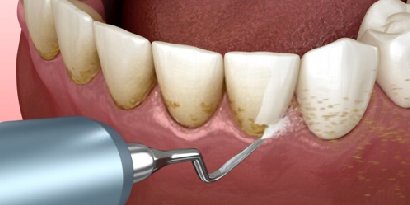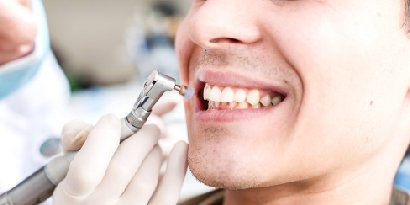Technology description
Intraoral scanners are designed to capture detailed information on the sizes and shapes of intraoral structures. A wide range of technologies employing a mix of cameras, lasers, software and more are used in dental digital impression systems, but regardless of the specific imaging technology, all of them feature a scanning wand that is passed along the patient’s teeth to send data a computer can interpret and translate into a digital, 3D dental model. These models are often more accurate than physical impressions, and because the files are digital, they do not change or break down over time.

Usage
The first intraoral scanners were the starting point for chairside CAD/CAM dentistry systems, but today’s scanners are capable of doing much more than just same-day crowns and bridges. Today, digital impressions can be used for just about every type of case from restorative dentistry, to implant dentistry, to orthodontics, and more. The scans make for wonderful diagnostic aides and can be amazing patient education and communication tools.
Practices that have already embraced this technology are finding that intraoral scanning adds efficiency and can open the practice to a wide range of new clinical opportunities. Some practices now scan every patient at every appointment to keep a detailed, digital record of any changes to the dentition over time. Even practices who don’t use the technology with every appointment often find patients impressed by the standout technology.
Source
https://www.dentalassociates.com/dental-topics/digital-impressions
https://www.dentalproductsreport.com/dental/article/no-longer-future-digital-impressions-are-ready-right-now




